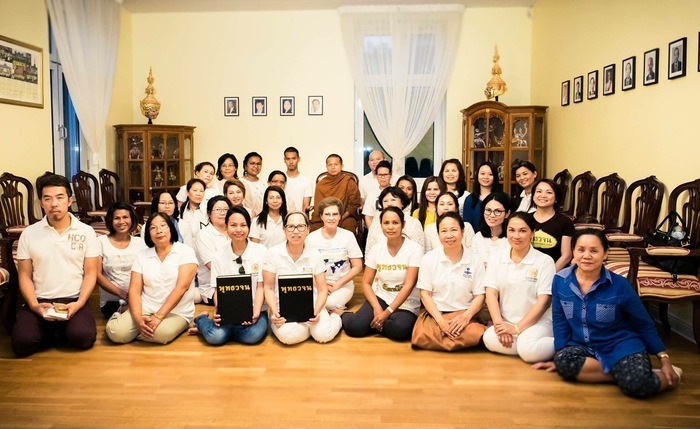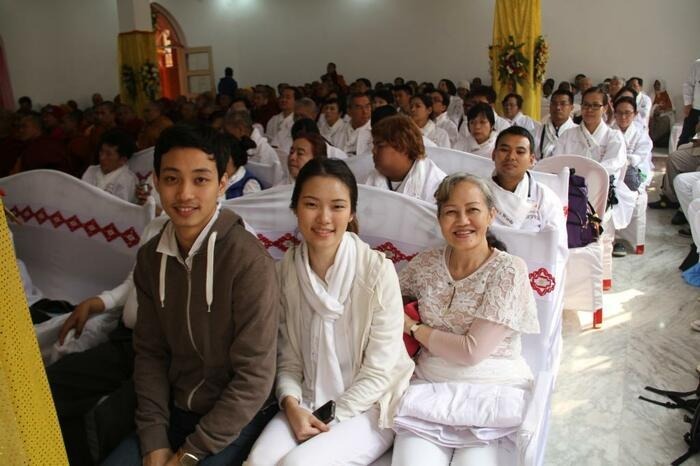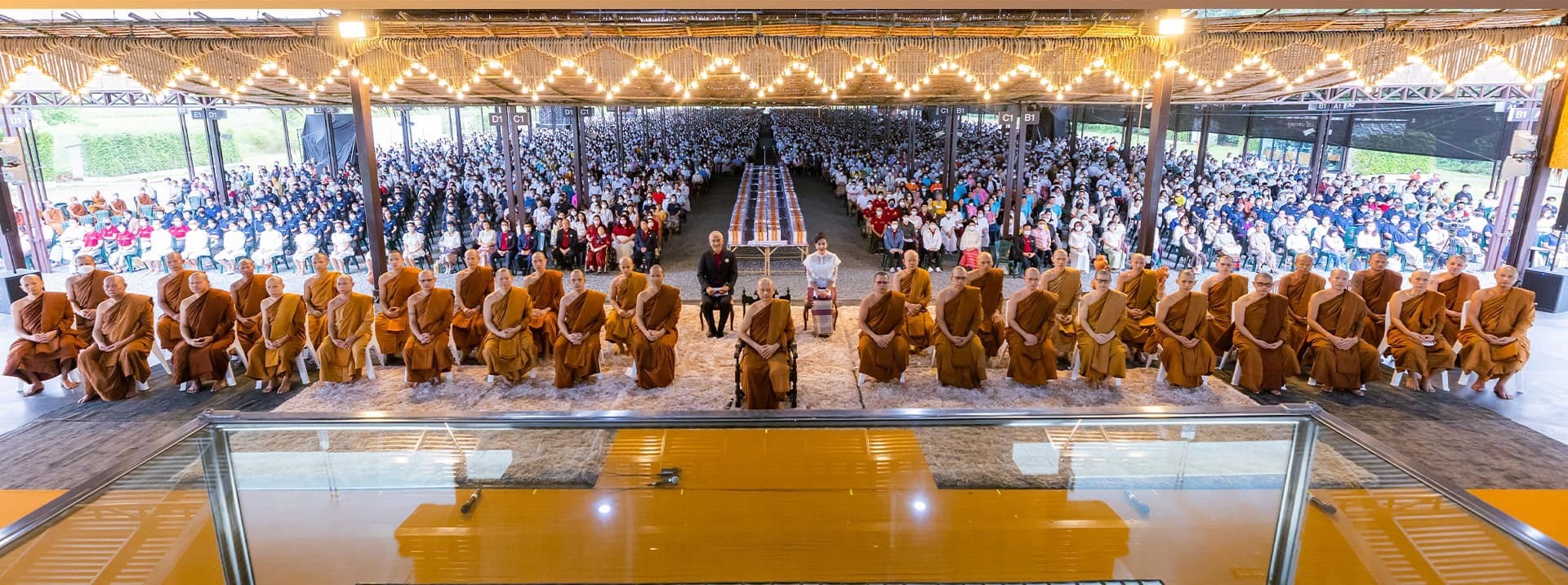ประวัติความเป็นมา
ธรรมและวินัยอันใดที่เราตถาคตแสดงแล้ว และบัญญัติแล้วแก่เธอทั้งหลาย ธรรมและวินัยอันนั้นจักเป็นศาสดาของพวกเธอทั้งหลาย เมื่อเราตถาคตล่วงลับไปแล้ว
วัดนาป่าพง เป็นวัดที่มีชื่อเสียงโด่งดังจาก พระคึกฤทธิ์ โสตฺถิผโล ได้นำคำสอนตามพระธรรมและพระวินัยจากพระโอษฐ์ของพระพุทธเจ้ามาทำให้เข้าถึง เข้าใจได้โดยง่าย ผลิตสื่อธรรมะในรูปแบบต่างๆ ทั้งหนังสือ และสื่ออิเล็กทรอนิกส์ อย่างเช่น ซีดี คลิปวิดีโอ คลิปเสียง เป็นต้น
โดยใช้คำว่า "พุทธวจน" ซึ่งทางพระอาจารย์คึกฤทธิ์กล่าวว่า พุทธวจน เป็นหลักธรรมคำสอนจากพระโอษฐ์ของพระพุทธเจ้า พุทธวจนไม่ใช่คำที่แต่งขึ้นใหม่ หรือคิดขึ้นมาในภายหลังแต่อย่างใด แต่เป็นธรรมะที่เกิดจากการทรงจำหลักคำสอนของพระพุทธเจ้าที่ถูกบันทึกอยู่ในพระไตรปิฎก ซึ่งถ่ายทอดด้วยการใช้พุทธวจนอธิบายพุทธวจนเอง ไม่ใช้ความเห็นของตน และเชื่อมโยงพุทธวจนบทต่างๆ เข้าด้วยกัน เพื่อให้เกิดความเข้าใจ



SOMETHING TO BE LEARNED BY HEART AND MASTER
Amidst the confusion caused by the division and segregation of Buddhist doctrines, the Buddha's authentic words are fast disappearing, being replaced by the new words of the followers. Returning to His original words would bring clarity to the bewildering conditions and free Buddhism from the shackles of unnecessary and pointless customs. The past few years of proclaiming Buddhawajana nationally and globally has yielded positive response from the people who seek the real truth. More and more Buddhists are receptive to the idea that pure Buddhawajana is the right path to follow. But somehow we find that the TEXTS of Buddhawajana are extremely difficult to find. There is an alarming lack of knowledge of Buddha's words in common Buddhists. Therefore, it becomes imperative that Buddhawajana text must be produced and distributed as much as possible. This drives us to embark on the 2 sets of Buddhawajana Projects as described below:
โครงการที่ 1 หนังสือพุทธวจน 10 เล่ม
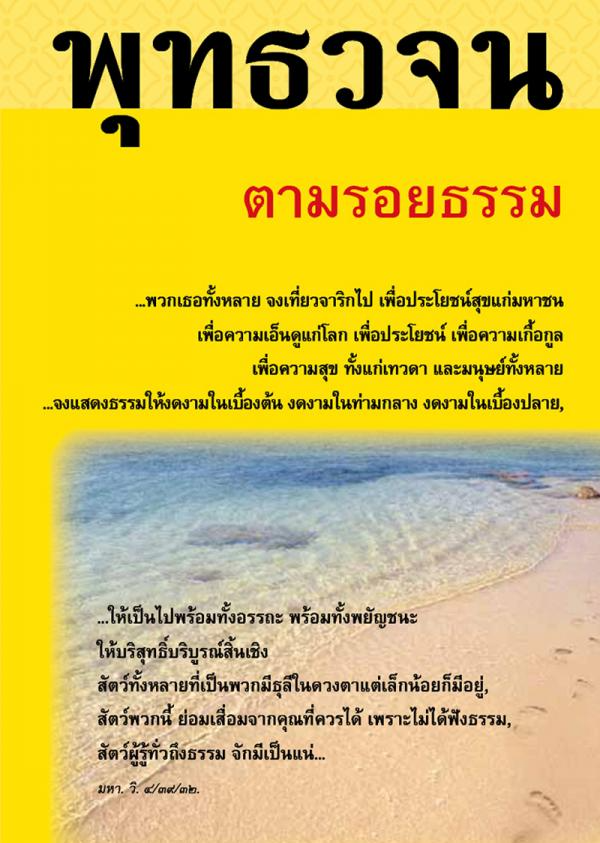
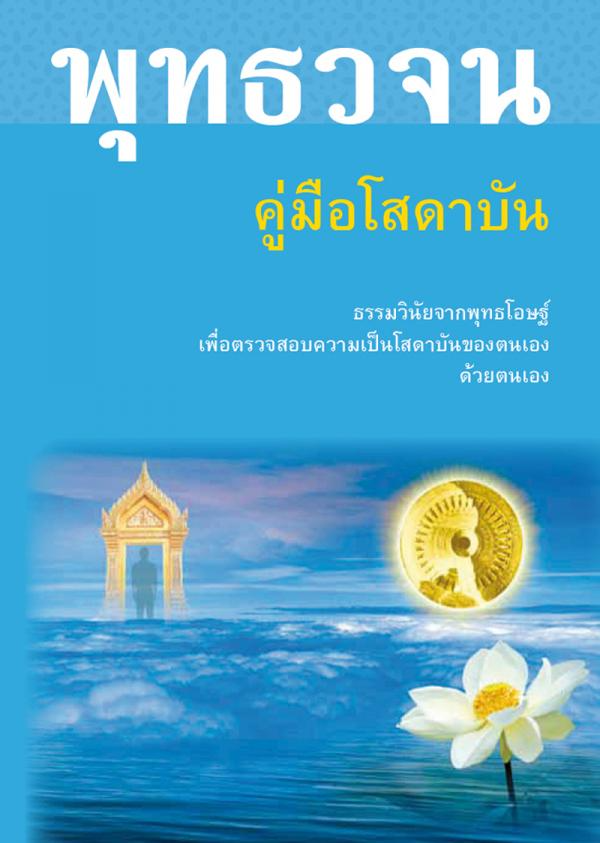
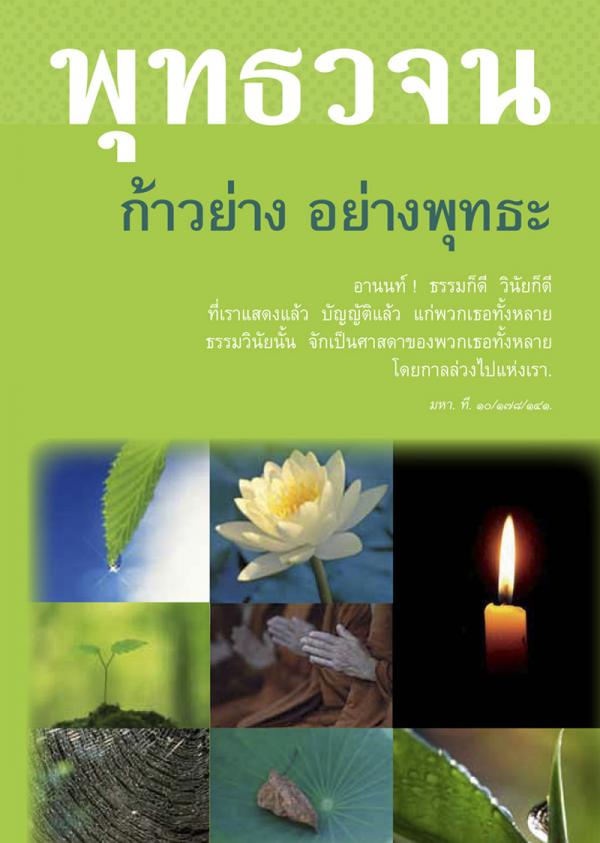
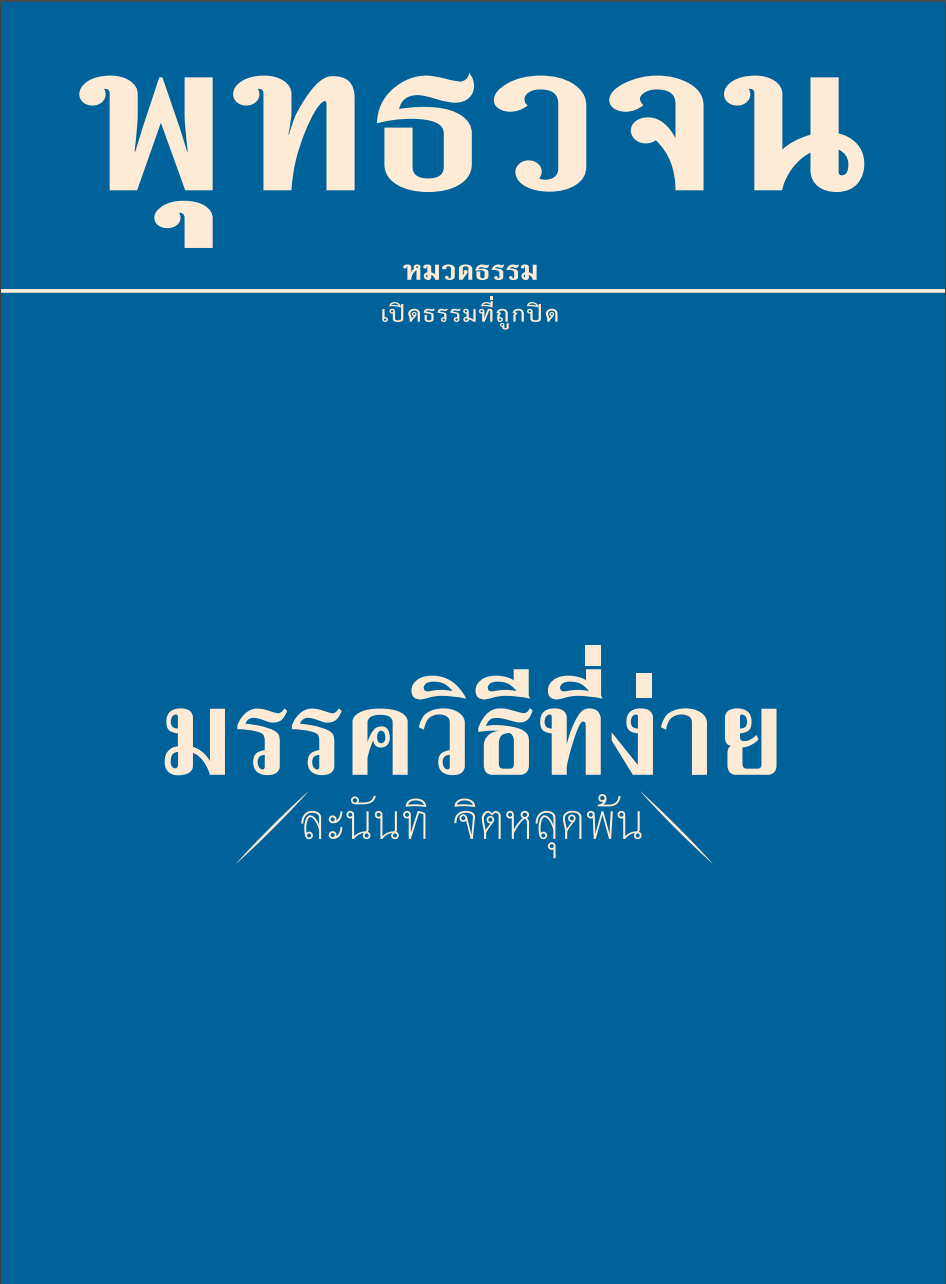
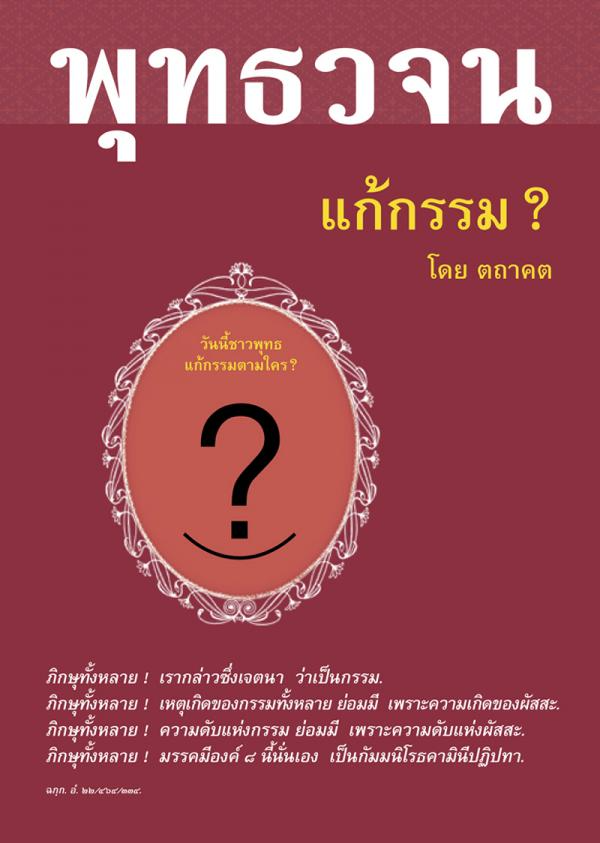
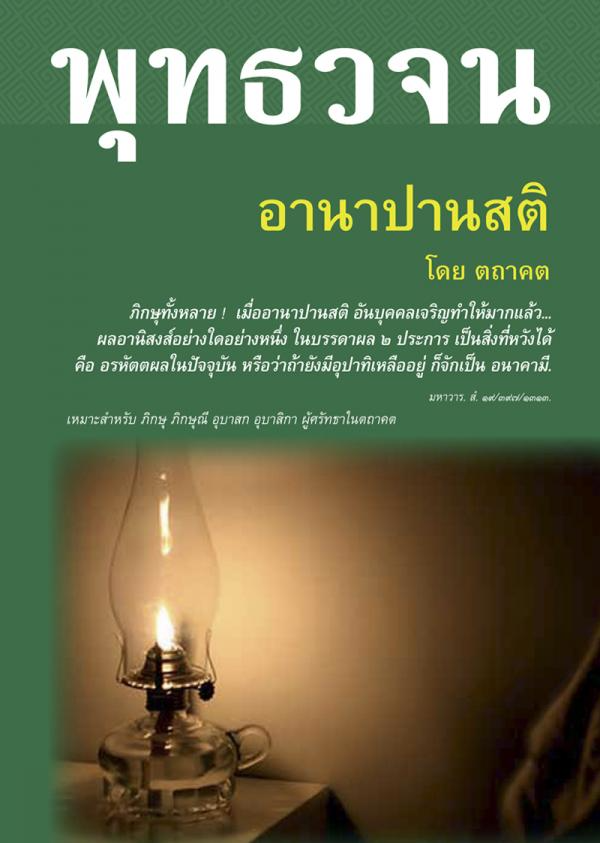
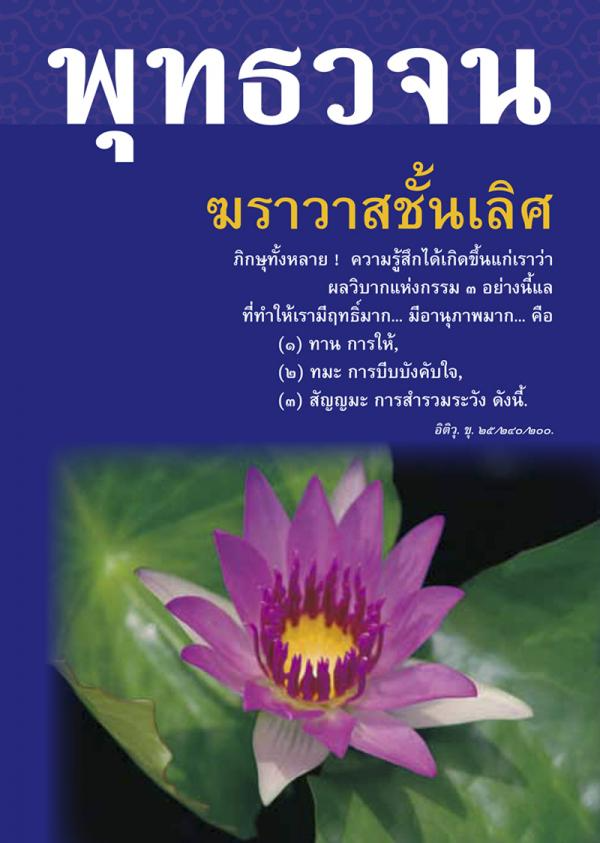
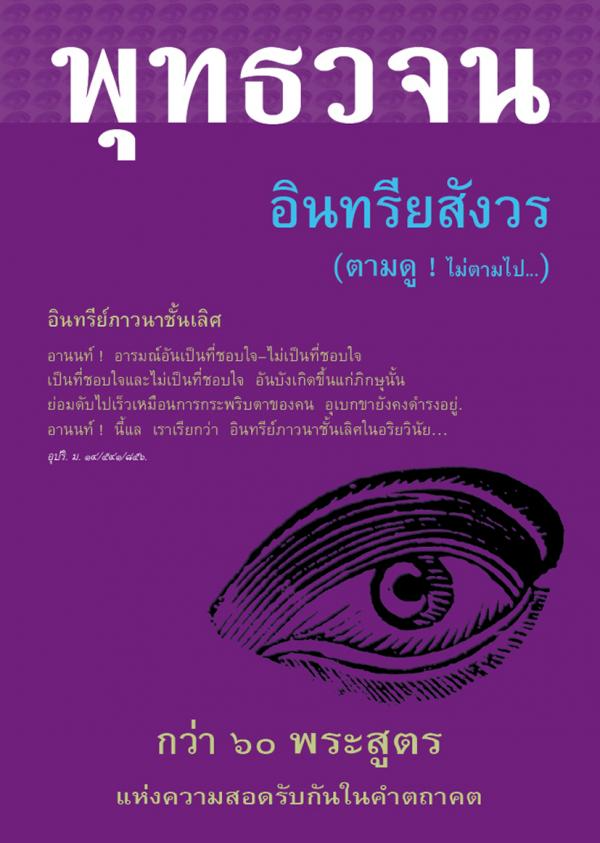
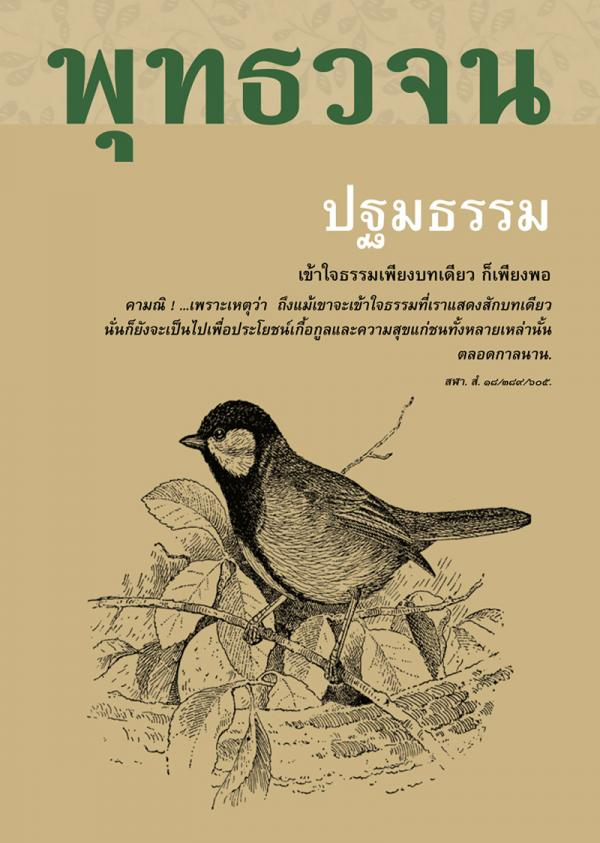
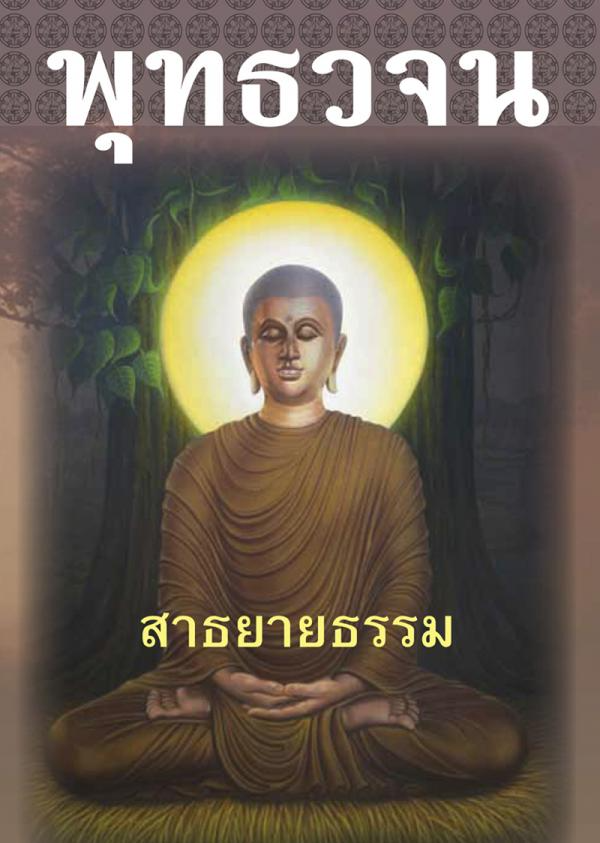
โครงการที่ 2 พุทธวัจนปิฎก ๓๓ เล่ม
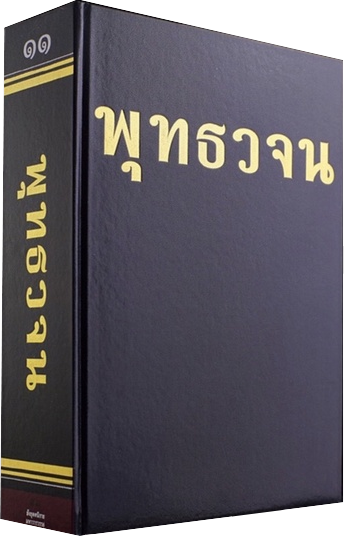
Such ambitious projects were able to materialize due to the unrelenting faith and tireless effort of Bhikkus and laypersons who believe in the the importance of Buddhawajana. The collection and organization of the text are done by volunteers, the production is financed by donation of the compassionate people. The distribution is carried out at the temple to any visitor. The purpose of the projects is solely educational, NOT commercial. We see that the words of the Buddha is for everyone, and anyone should have an opportunity to know them.
As interest in Buddhawajana grows exponentially through web broadcast, there are increasing requests to produce English translation of the 2 projects for the benefit of English-speaking audience. After careful consideration, we decided to proceed with the idea. As for now we are trying to collaborate with the Pāli Text Society in using their English Translation for our projects.
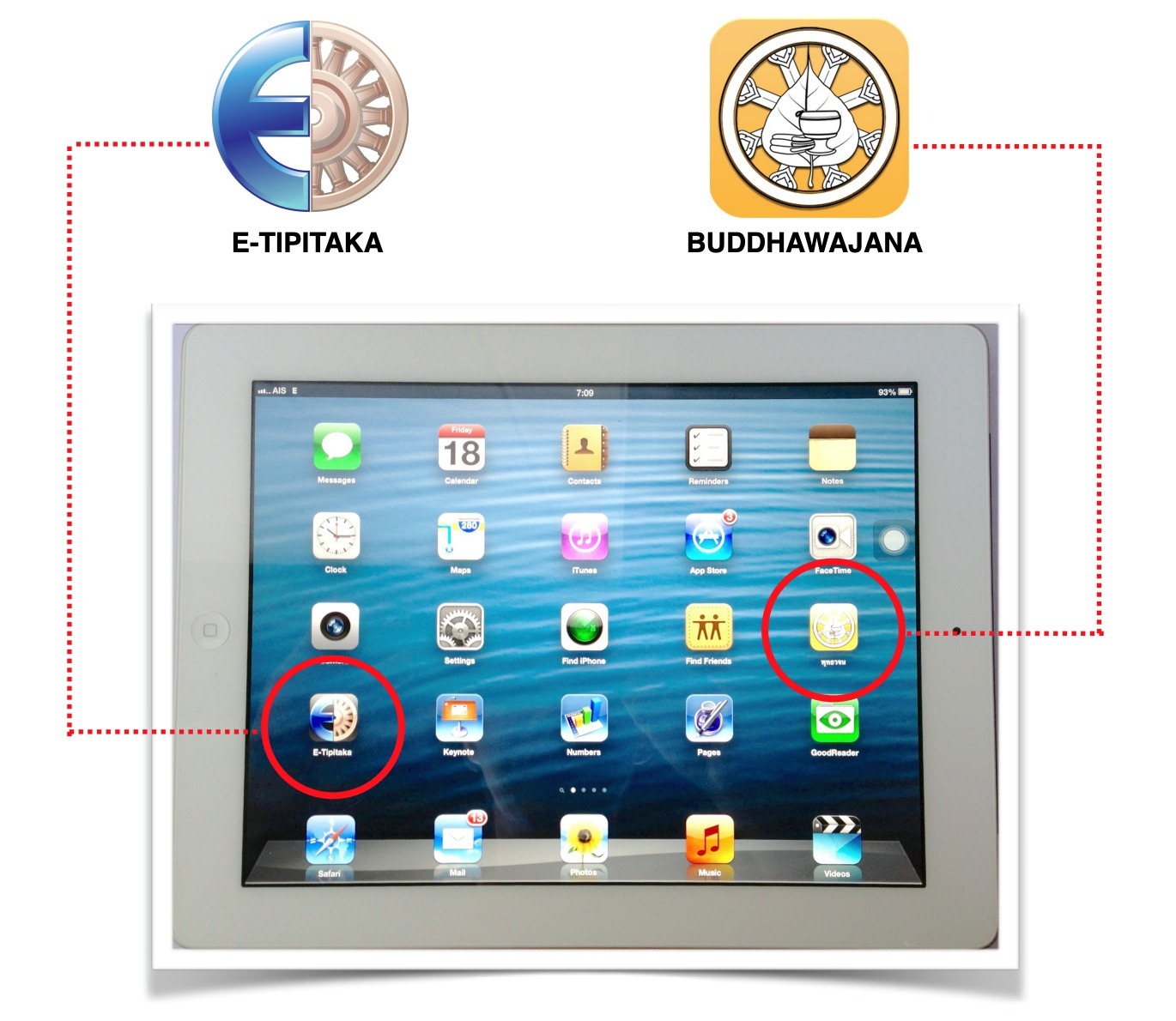
เจริญรุ่งเรืองและไม่เสื่อมถอย
